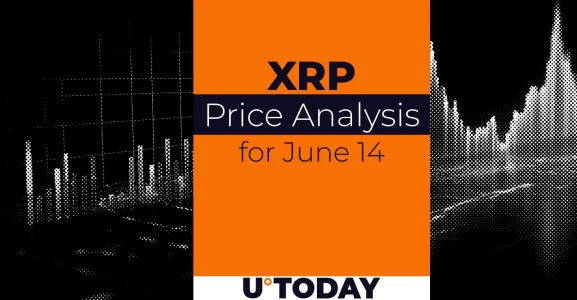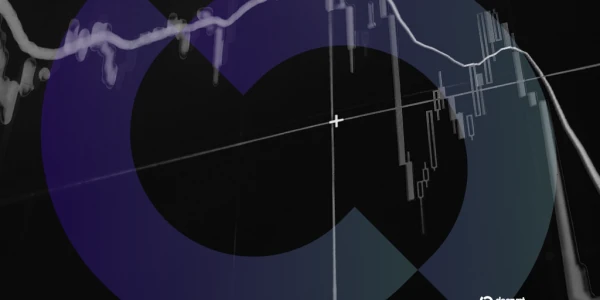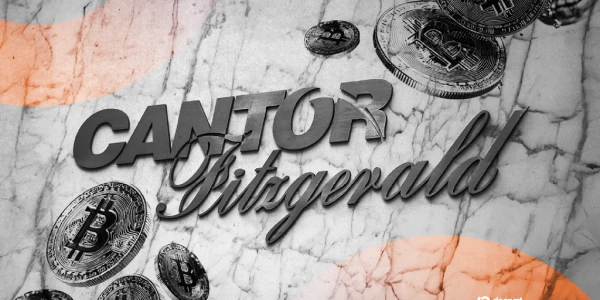
Ripple's RLUSD Trading Volume Plummets 66% Following Minting Resumption
Despite 19,000,000 RLUSD minted in 24 hours, trading volume is still down by over 66%[...]
Ripple Revives RLUSD Stablecoin Minting Amid Crypto Market Downturn
Strategic Move Signals Confidence in Stablecoin Ecosystem
Ripple has made a significant move in the stablecoin market by reactivating its RLUSD minting operations after months of inactivity. Blockchain data reveals the company's Treasury has minted 19 million RLUSD in the past two days, marking a notable shift in strategy during challenging market conditions.
Market Context: Timing the Crypto Winter
The reactivation comes during a broader crypto market slump, with total market volume plunging 40.64% in 24 hours. Major cryptocurrencies including Bitcoin (-5.2%), Ethereum (-6.8%), and Ripple's own XRP (-4.5%) have all seen substantial declines. This strategic minting suggests Ripple is preparing for future demand while assets are undervalued.
Global stablecoin markets have shown resilience during past downturns, with Tether (USDT) and USD Coin (USDC) often seeing increased adoption as safe havens. Ripple appears to be positioning RLUSD to capture similar demand when market sentiment improves.
Current RLUSD Performance and Implications
Despite the new minting activity, RLUSD trading volume has dropped 68.96% to $62.26 million, reflecting broader market caution. This divergence between supply and demand presents several potential scenarios:
- Strategic Reserve Building: Ripple may be creating liquidity buffers for institutional partners
- Regulatory Preparation: Anticipating tighter stablecoin regulations that favor established players
- Ecosystem Expansion: Supporting upcoming RippleNet and ODL (On-Demand Liquidity) use cases
Competitive Landscape and Future Outlook
The stablecoin market remains dominated by Tether ($83B market cap) and Circle ($32B), but Ripple's focus on cross-border payments could carve a unique niche. Unlike competitors, RLUSD is specifically designed for institutional payment flows rather than retail trading.
For investors and businesses, this development suggests:
- Ripple's continued commitment to its payment solutions ecosystem
- Potential for increased RLUSD utility in RippleNet transactions
- A possible price stabilization mechanism for XRP during volatile periods
Why This Matters for the Crypto Industry
Ripple's move comes as global regulators increase scrutiny of stablecoins. The EU's MiCA regulations and upcoming U.S. stablecoin bills could reshape the competitive landscape. By proactively managing RLUSD supply, Ripple positions itself as a compliant player in this evolving regulatory environment.
Market analysts will be watching for signs of RLUSD adoption in Ripple's payment corridors, particularly in regions like Southeast Asia and MENA where cross-border remittances are growing rapidly. The stablecoin's performance in these markets could determine its long-term viability against established competitors.
Most Viewed News








